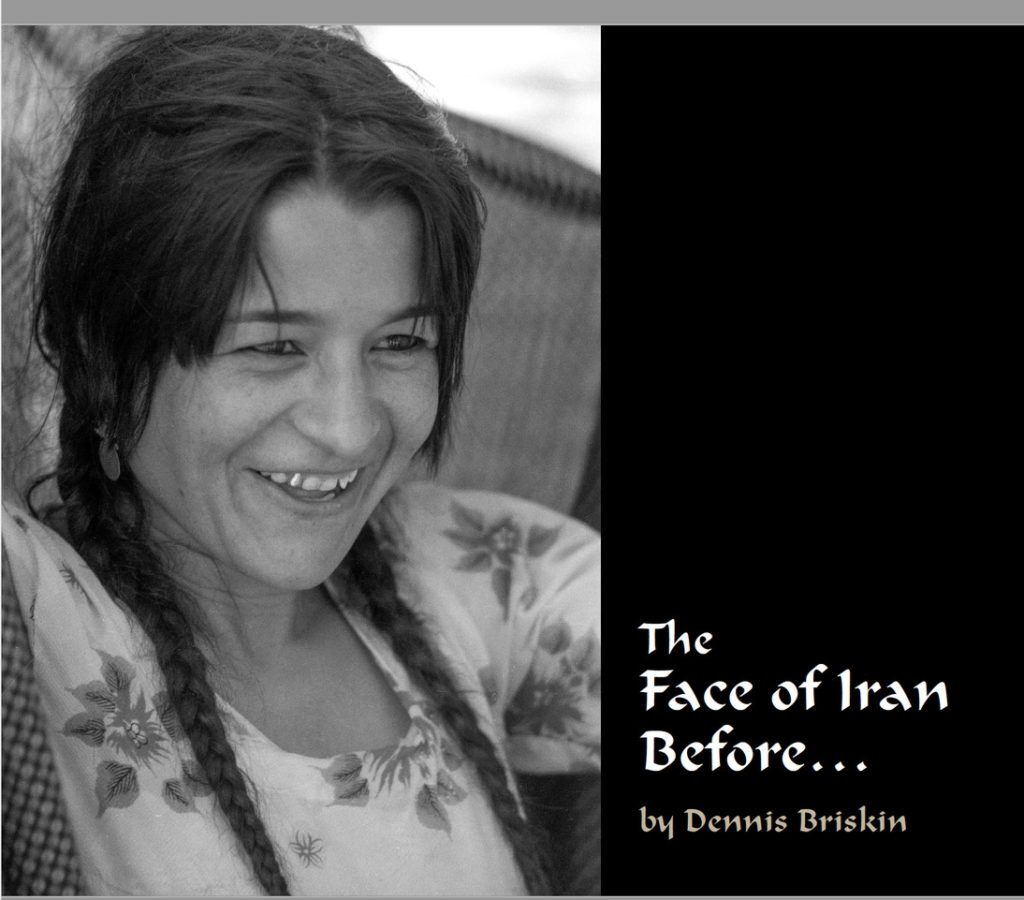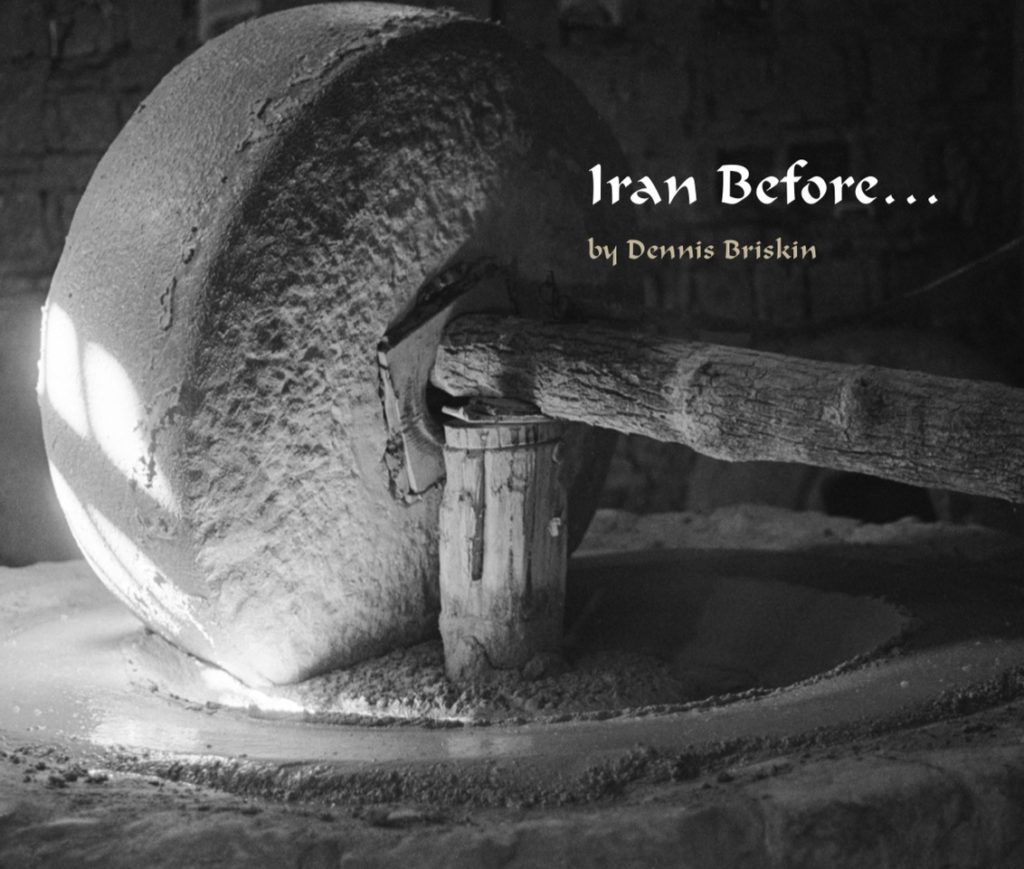Winner of the 2021 Rowland Scherman Award for Best Photography Book (Iran)
RPCV Dennis Briskin “The Face of Iran Before…”
Palo Alto photographer publishes images of pre-revolution Iran
by Karla Kane / Palo Alto Weekly
September 3, 2020
Palo Alto resident Dennis Briskin (Iran 1967-69) has published two books of photographs he took while serving in the Peace Corps in pre-revolution Iran. Courtesy Dennis Briskin.
When Dennis Briskin was preparing to move to Iran for a few years in the late 1960s, he had a thought: “Maybe I should get a camera.” Though he didn’t have any prior photography experience, he read up a bit, got a basic camera and, fresh out of college and inspired by Life and Look magazines, was on his way. “The best advice I got was, ‘Film is cheap; take lots of photos,’” he recalled.
The Palo Alto resident has now compiled many of his favorite photos and published two books: “Iran Before” (released in 2019) and “The Face of Iran Before” (focused on portraits, released this June). The two books capture an Iran that in some ways no longer exists — before the 1979 Islamic Revolution, increase in oil wealth and extensive modernization and urban development.
“It’s really quite different now than it was back then” Briskin said. “The books are works of cultural anthropology as well as photography.”
During his years of service as an English teacher, using black-and-white film and, because he had no flash on his camera, available light, he snapped photos of everyday life. He photographed women washing clothes by hand in a stream, men leading load-bearing donkeys, and a camel pulling a grinding stone, crushing shells to become dye for carpets. “I had a certain photojournalism sense,” he said. “I pointed my camera at what interested me.” After his first year in Iran, one of his photos made the cover of the Peace Corps magazine, inspiring him further.
Briskin is quick to point out that his photos are not meant to be a comprehensive chronicle of traditional Iranian life and culture, or even of his own experiences there. He didn’t, for example, bring his camera into his English classrooms, take photos of his meals or his visits to vibrant tea houses. He also didn’t travel much outside of the central part of the country. “Iran is very large and diverse,” he pointed out. “There’s a lot about it that isn’t there (in the books).”
Last year’s national Peace Corps conference in San Diego motivated him to self-publish the books. “The primary audience for these photographs were my fellow Peace Corps volunteers. About 1,700 of us served in Iran between 1962 and1976. What I’m showing is primarily the country as they would have remembered it,” he said. “Also for Iranians who are nostalgic for the way the country looked in their grandfathers’ time, or, for older people, as it looked when they were younger.”
He hired an Iranian-born designer to help put the books together and, after premiering the first book at the conference, now sells them via his website at thefaceofiran.com. He’s also hoping to connect with local libraries.
“Iran Before” showcases images of the country in the 1960s. Courtesy Dennis Briskin.
These days, “my phone is my camera,” the freelance editor and ghostwriter said. He has modest goals for his “Face of Iran” series, knowing self-publishing and promoting is a tough road.
“I’m hoping some day, some well-funded publisher will pick it up, but black-and-white photography and Iran are niche markets. Unless Oprah likes it,” he joked. “If Oprah recommends it, this book will go.”


No comments yet.
Add your comment